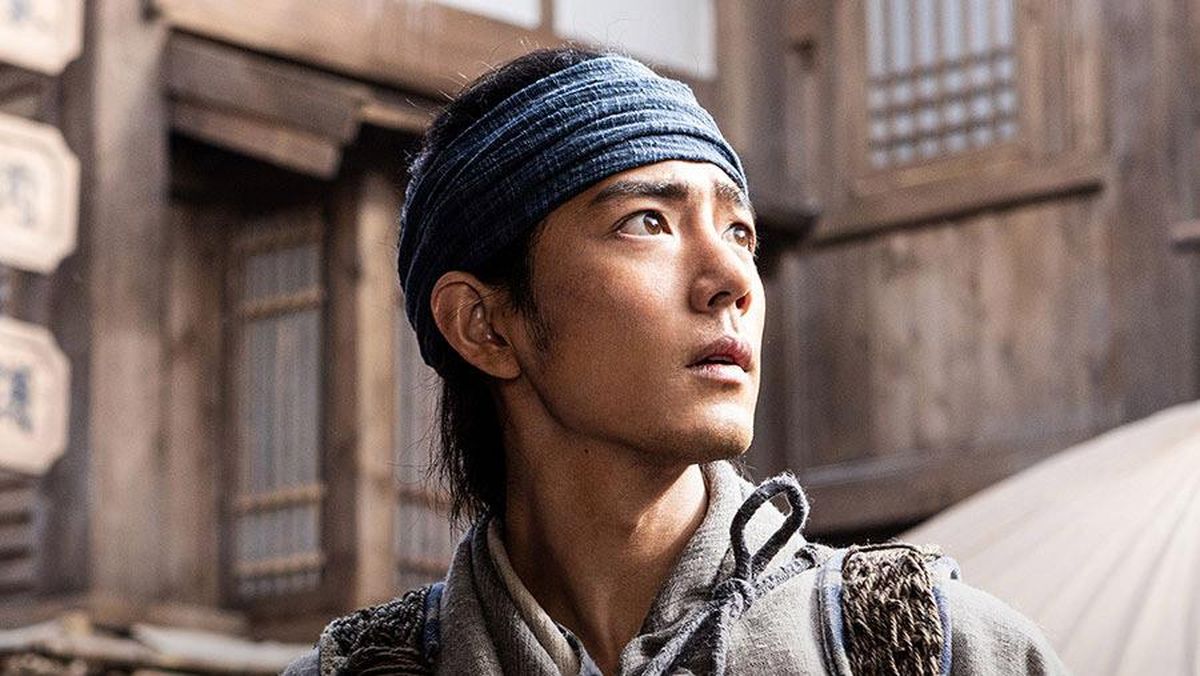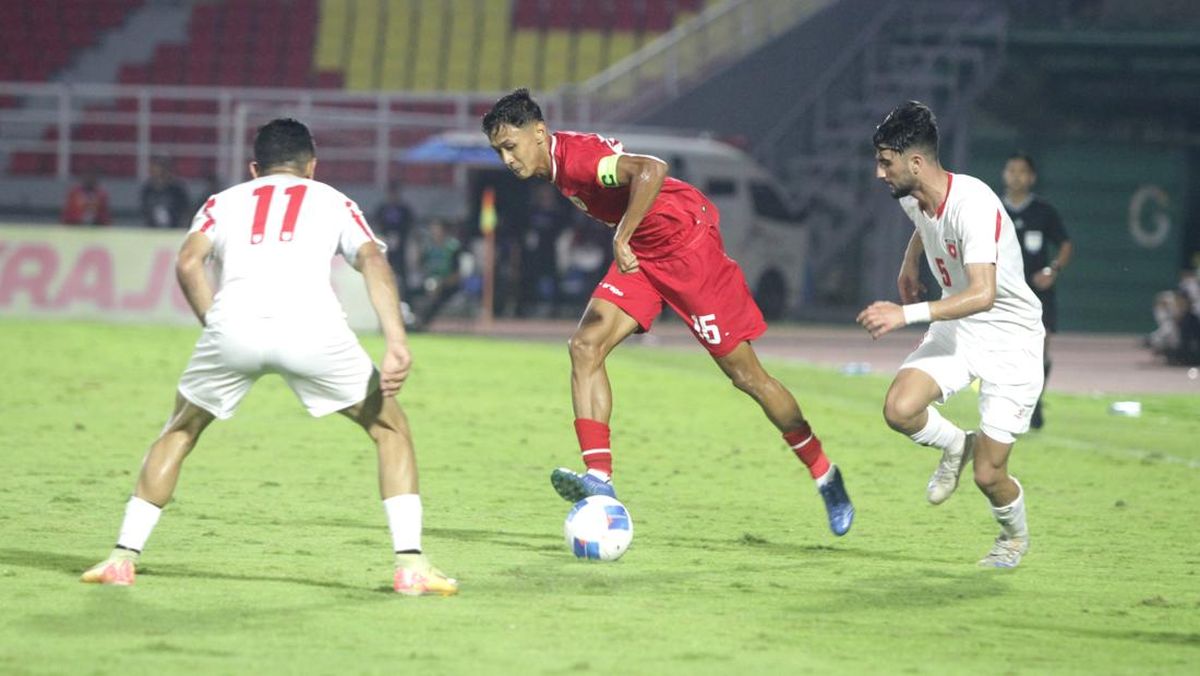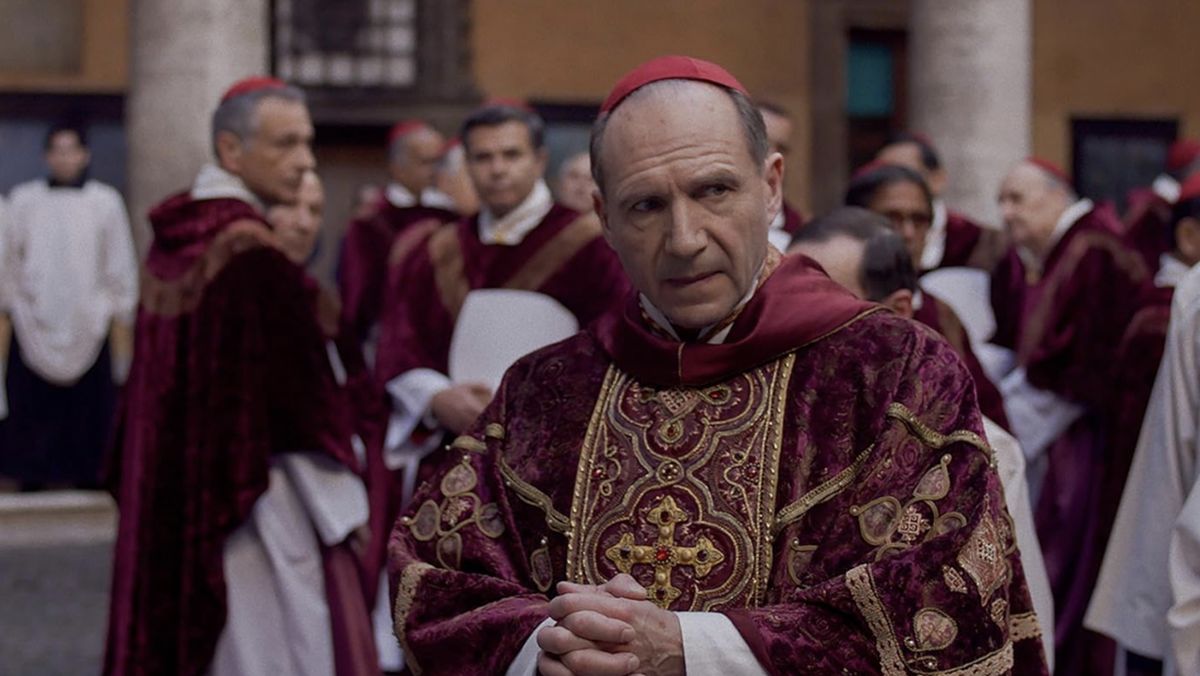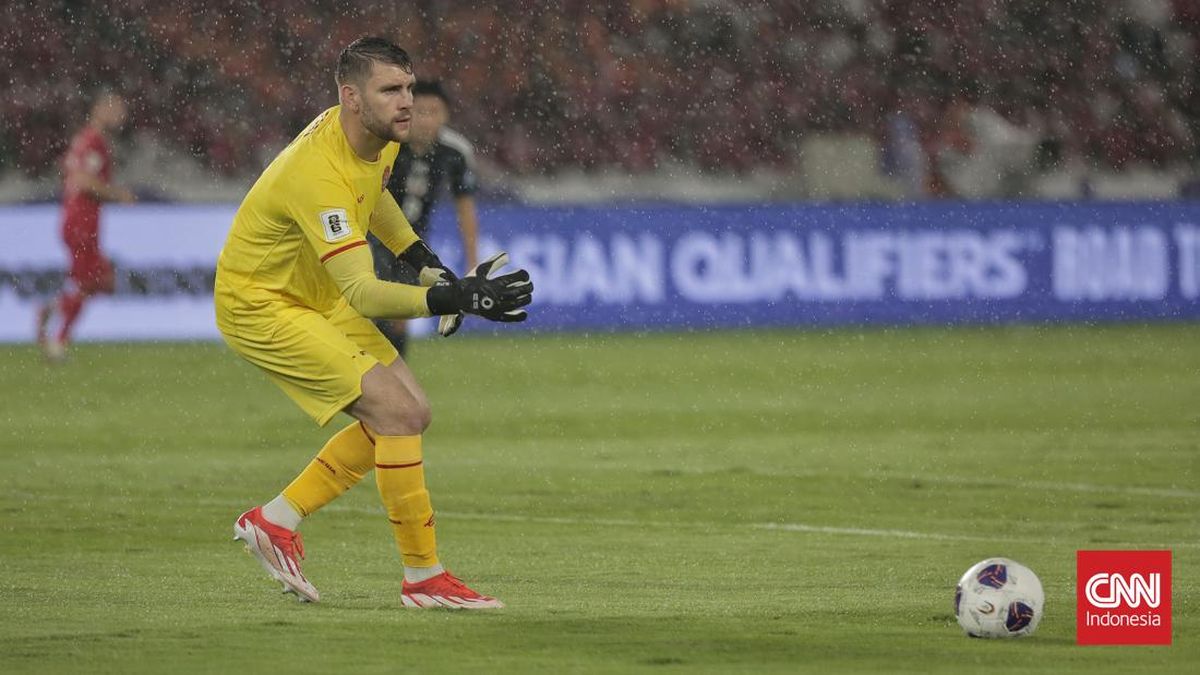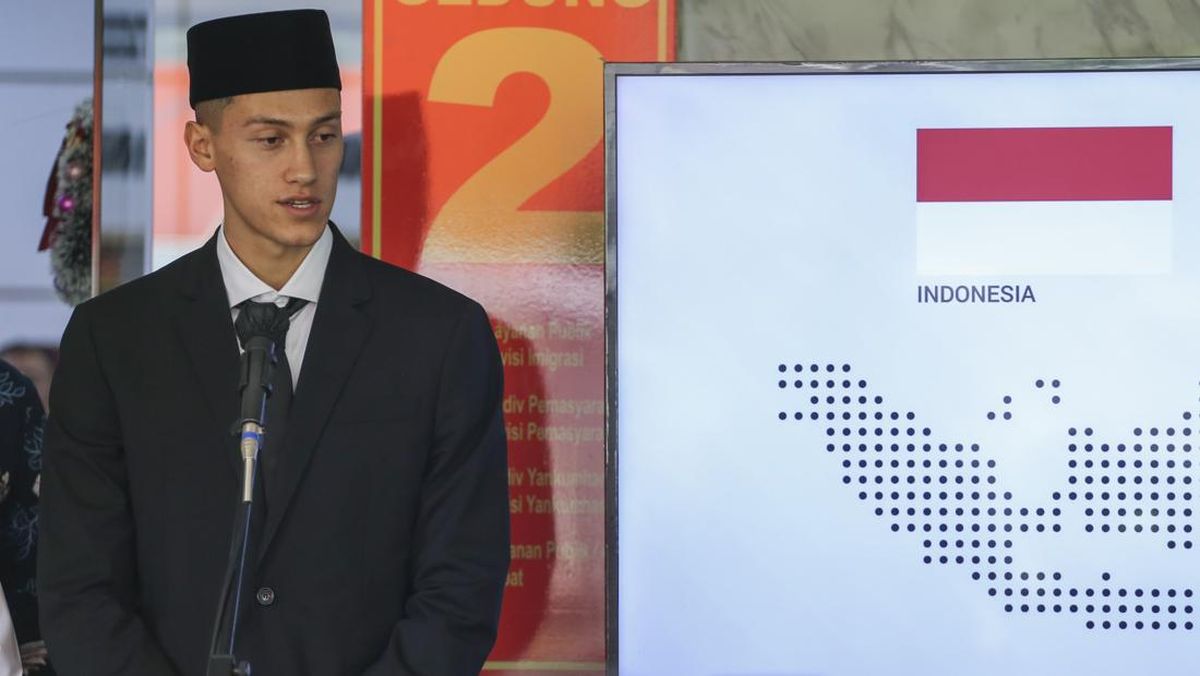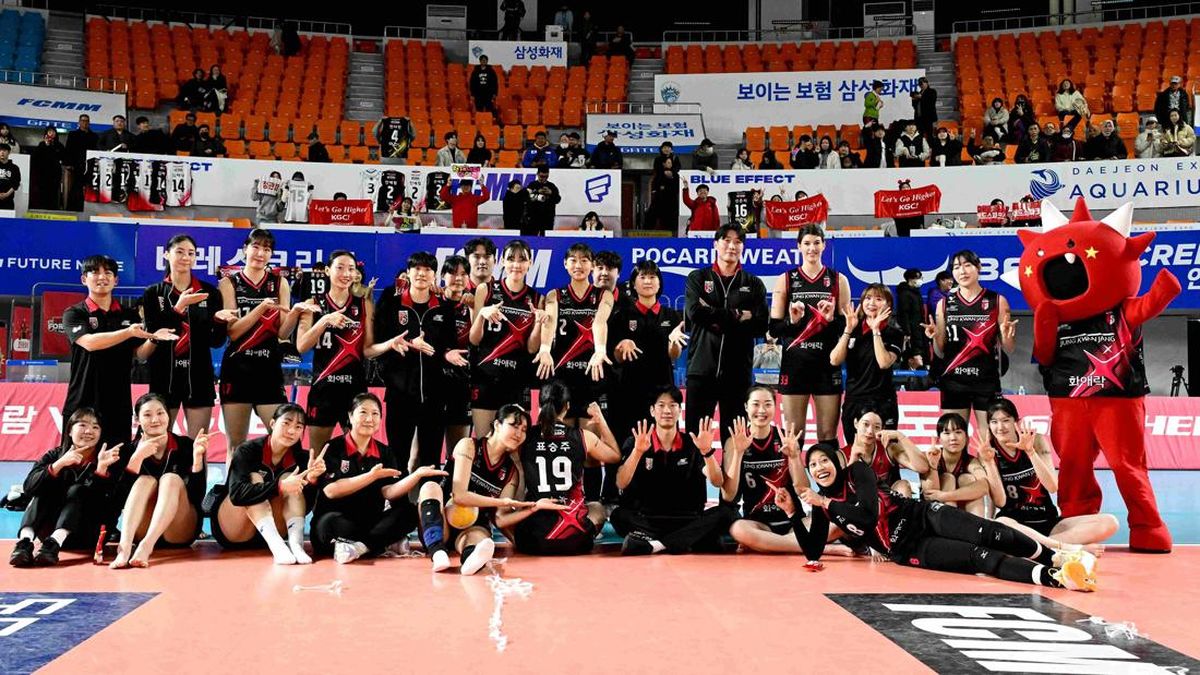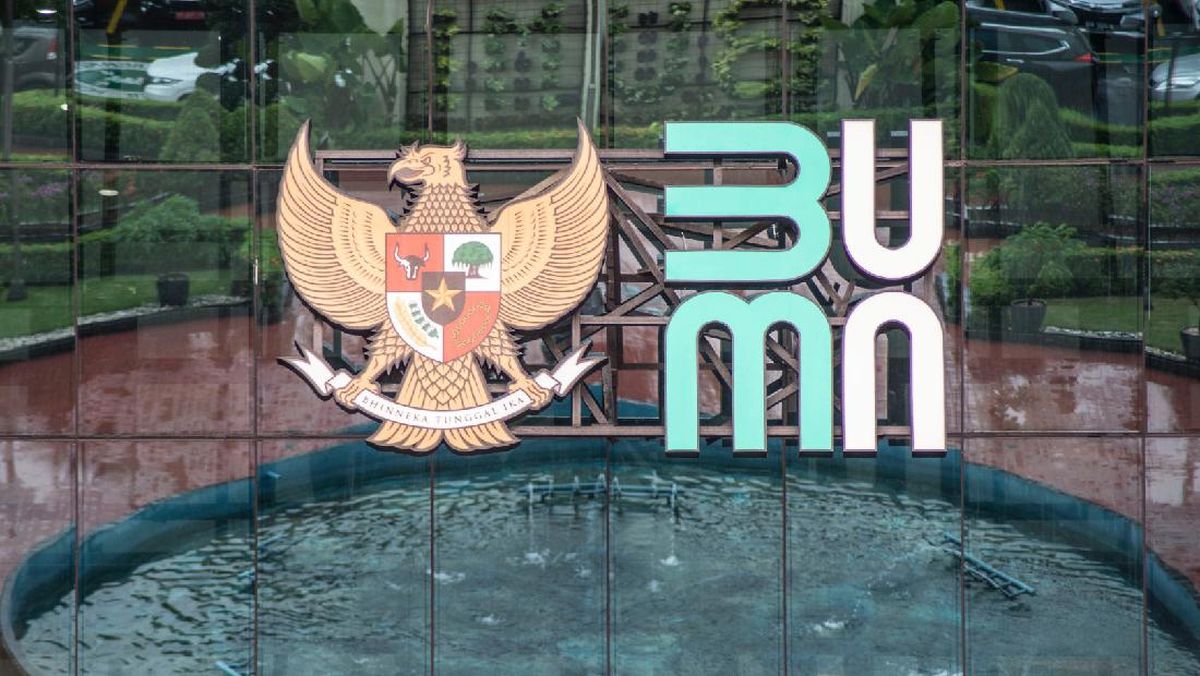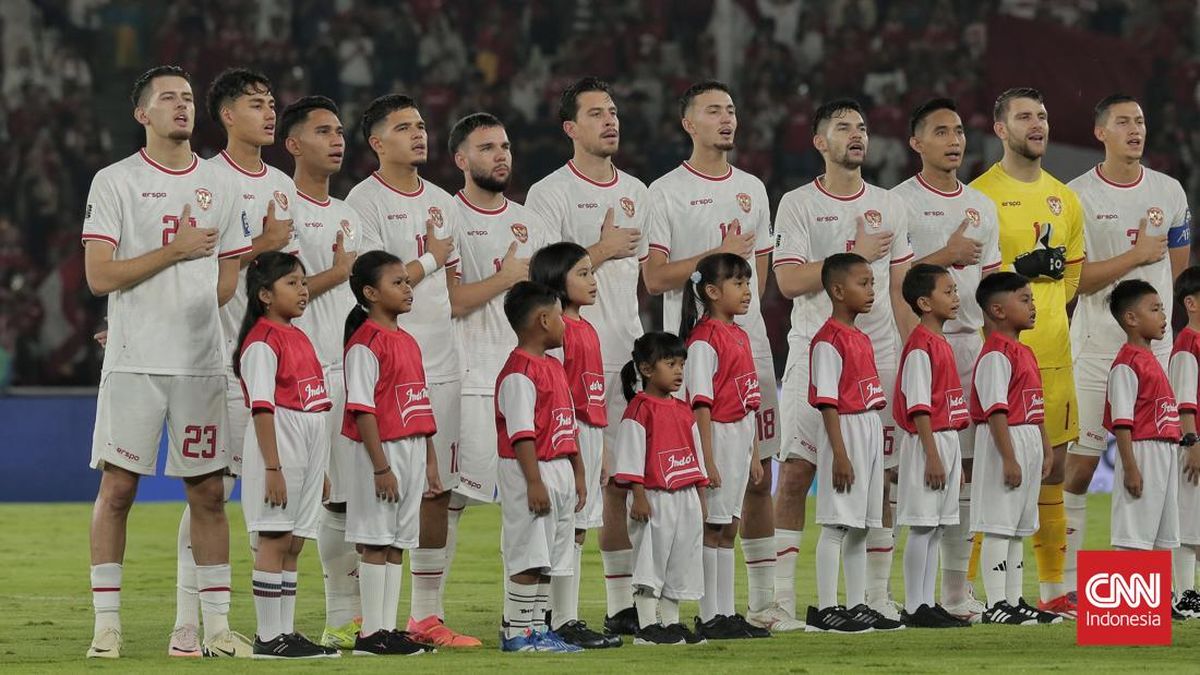As the military conflict between Israel and Iran intensifies, United States President Donald Trump has threatened that Iranian Supreme Leader Ayatollah Ali Khamenei is “an easy target” for American forces.
“We are not going to take him out (kill!), at least not for now … Our patience is wearing thin,” Trump said in a Truth Social post on Tuesday.
With the Trump administration considering whether to use US aircraft and weapons to back Israel’s campaign against Iran, cracks have begun to appear within his “Make America Great Again” or MAGA movement.
Commentator Tucker Carlson and Trump’s one-time adviser Steve Bannon, among other supporters, have argued that the military action against Iran is fundamentally aimed at a regime change, not just at decimating Tehran’s nuclear programme. Appearing in Bannon’s podcast, War Room, Carlson told him, “You’re not going to convince me that the Iranian people are my enemy. It’s Orwell, man. You’re not telling me who I have to hate.”
In the West, critics of Iran’s current rulers have often framed their opposition as shaped by the religious conservatism of the Islamic Republic. But the West’s track record of regime change in the country long predates the 1979 revolution led by Ayatollah Ruhollah Khomeini.
So, is Israel calling for regime change in Iran? Is the US supporting that? And what is the history of Western attempts to force regimes it likes on Iran?
 Israel’s Prime Minister Benjamin Netanyahu announcing the launch of a targeted military operation against Iran in a video statement on June 13, 2025 [Israel Prime Minister’s Office/AFP]
Israel’s Prime Minister Benjamin Netanyahu announcing the launch of a targeted military operation against Iran in a video statement on June 13, 2025 [Israel Prime Minister’s Office/AFP]What’s behind Israel’s ‘Operation Rising Lion’?
After Israel launched its attacks on Iran on Friday, Prime Minister Benjamin Netanyahu addressed Iranians in an English video, saying that he hoped the military operation would “clear the path for you to achieve your freedom”.
Suggesting that Israel’s objective in its attacks was to “thwart the Islamic regime’s nuclear and ballistic missile threat to us”, Netanyahu added that the Israeli campaign could also lead to a regime change.
The Israeli military offensive dubbed “Operation Rising Lion” is also a name steeped in symbolism. A lion, with a sun behind it, has been an important motif of Persian empires dating back centuries. The lion holding a sword was a part of the Iranian flag under the Pahlavi dynasty that ruled Iran from the late 19th century until 1979.
“The time has come for the Iranian people to unite around [the] flag and its historic legacy, by standing up for your freedom from the evil and oppressive regime,” Netanyahu said on Friday.
On June 17, Israel’s Persian-language social media account even posted an image of a lion with a sword, piercing the modern Iranian flag bearing Islamic Republic symbols.
The post was seen by many as an attempt to invoke nostalgia for pre-revolutionary Iran and nudge Iranians towards resistance. But Marc Owen Jones, an associate professor of media analytics at Northwestern University in Qatar, told Al Jazeera that it would be naive to expect that “Iranians might be swayed by Israeli politicians talking about the significance of a lion”.
Jones noted that Israel’s lion messaging is also aimed at its domestic audience. “Israel [is] becoming the lion that would then take over the land. And Israel has portrayed itself as the lion in its historical imagery,” he said.
Israel is trying to create a sense that “this is not just a strategic war, but this ties in with Israel’s identity and its longue duree account of this biblical homeland for the Jews”, added Jones.
However, if the Israeli government wants Iranians to rise up against the regime, Jones said, “reverting back to Persian historical imagery is not actually going to be very effective, especially when you’re Iranians”.
![US President Donald Trump speaks to the press as workers install a large flag pole on the South Lawn of the White House in Washington, DC on June 18, 2025. [Brendan SMIALOWSKI / AFP]](https://www.aljazeera.com/wp-content/uploads/2025/06/AFP__20250618__62V84GX__v3__HighRes__NewFlagPolesInstalledOnWhiteHouseGroundsInWashi-1750270833.jpg?w=770&resize=770%2C513&quality=80) US President Donald Trump speaks to the press as workers install a large flag pole on the South Lawn of the White House in Washington, DC on June 18, 2025. [Brendan Smialowski/ AFP]
US President Donald Trump speaks to the press as workers install a large flag pole on the South Lawn of the White House in Washington, DC on June 18, 2025. [Brendan Smialowski/ AFP]What has Trump said about Khamenei?
While Trump has not formally called for a regime change in Tehran, he has effectively threatened that the US could assassinate Iran’s top leader if and when it chooses to.
On Wednesday, Trump repeated his call for “unconditional surrender”, standing on the White House lawn. “Unconditional surrender: That means I’ve had it. OK? I’ve had it. I give up. No more. Then we go blow up all the nuclear stuff that’s all over the place there,” the US president said.
“For 40 years, they’ve been saying: Death to America! Death to Israel! Death to anybody else that they didn’t like. They were bullies. They were schoolyard bullies, and now they’re not bullies any more.”
He concluded: “We’re not looking for ceasefire. We’re looking for a total complete victory. You know what the victory is? No nuclear weapon.”
 United States ambassador Loy Henderson (Left) and Iranian Prime Minister Mossadegh (Right), on October 4, 1951 [FILE: Getty Images]
United States ambassador Loy Henderson (Left) and Iranian Prime Minister Mossadegh (Right), on October 4, 1951 [FILE: Getty Images]Has the West carried out regime change in Iran before?
For the US and its allies, “total complete victory” in Iran has in the past involved out-and-out regime change.
In 1953, over two decades before the Islamic Revolution in Iran, the CIA and British spy agency MI6 orchestrated the overthrow of Iran’s democratically elected Prime Minister Mohammad Mossadegh.
Mossadegh had moved to nationalise Iran’s oil industry, previously controlled by the British-owned Anglo-Iranian Oil Company (now BP). The move was wildly popular in Iran but enraged Western countries. At the same time, Cold War paranoia was at its peak in Washington, and US officials feared that Mossadegh’s government might drift towards the Soviet Union.
Together, the US and the United Kingdom launched a covert operation – known as “Operation Ajax” – to remove Mossadegh.
The plan involved funding protests, planting propaganda in local newspapers, and supporting military officers loyal to the Shah of Iran, Mohammad Reza Pahlavi. On August 19, 1953, Mossadegh was removed from power. The shah, who had briefly fled Iran, returned and consolidated power with US backing.
Within Iran and in the wider Global South, the coup is widely seen as a turning point, reinforcing perceptions that the West was more interested in controlling oil and influence than supporting democracy.
 The former Shah of Iran, Mohammed Reza Pahlevi, during a press conference from the house of the former Panamanian ambassador in Washington Gabriel Lewis, while in exile. He returned to Iran after the US and UK sponsored a coup against the democratically elected Prime Minister of Iran, Mohammad Mossadegh [FILE: Getty Images]
The former Shah of Iran, Mohammed Reza Pahlevi, during a press conference from the house of the former Panamanian ambassador in Washington Gabriel Lewis, while in exile. He returned to Iran after the US and UK sponsored a coup against the democratically elected Prime Minister of Iran, Mohammad Mossadegh [FILE: Getty Images]What happened next?
After 1953, the shah ruled Iran as a staunch US ally – and also as an increasingly repressive monarch.
The shah launched a top-down agenda called the White Revolution, expanded education and infrastructure, and pushed secular reforms. However, political dissent was brutally suppressed by SAVAK, his secret police.
Arbitrary arrests, censorship, and torture became common. Wealth inequality worsened, and his alliance with the West – particularly the US – alienated both the religious establishment and a growing segment of the population.
By the late 1970s, public discontent had reached boiling point. Massive demonstrations erupted across the country, calling for the shah’s removal. In January 1979, facing overwhelming opposition, he fled Iran.
Ayatollah Ruhollah Khomeini returned from exile to lead the Islamic Revolution. The monarchy collapsed, and the Islamic Republic of Iran was born.
Khomeini passed away in 1989 after a prolonged illness and eventual heart failure. Ali Khamenei succeeded him after serving as the president of Iran from 1981 to 1989.
Khamenei became Iran’s second—and current—supreme leader, holding the chair since June 4, 1989.
In his first televised address since the Israeli attacks, Khamenei on Wednesday referred to Trump’s “unconditional surrender” call, noting it was “unacceptable” and “arrogant”. “This nation will never surrender,” Khamenei said. “America should know that any military intervention will undoubtedly result in irreparable damage.”
To this, Trump later said at the White House lawn, “I say, good luck.”

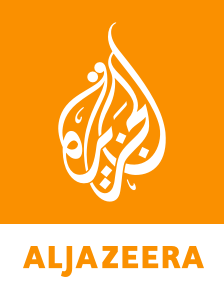 4 hours ago
1
4 hours ago
1































